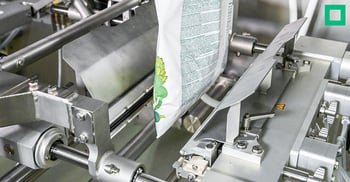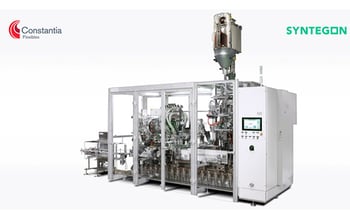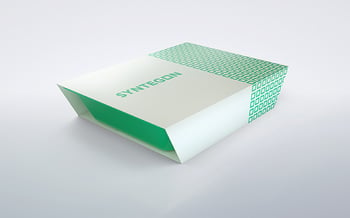Solidarity unites. The unprecedented humanitarian effort for those affected by the war in Ukraine illustrates just how strong these ties can be. Immediately after the start of the war, private and public actors around the world committed themselves to supporting refugees and the people who remained in their home country.
New packaging solutions for a sustainable future
Whether it is the rich aroma of freshly ground coffee, the crunchy texture of a cereal bar, or a robust tablet: the properties of numerous everyday products are not based on sophisticated recipes alone. Packaging is also important, as it makes sure that we can consume food and medicines the way we expect – full of flavor, fresh, and safe. However, to prevent protective wrapping from polluting the environment, it must change in favor of a sustainable future.

The challenge is obvious
This may sound familiar: after your weekly shopping, you heave full bags onto the kitchen table and start unpacking. Most products piled up in front of you are packaged. With a notable difference: while plastic trays and tubular bags can be seen but also heard due to their characteristic crackling, more and mor packages can be placed on the table almos silently, for example cardboard trays. Some types of fruit eve are marketed without any additional outer packaging.
One thing is certain: unlike many other product trends, the packaging revolution is not a short-lived fashion phenomenon, but a true turning point. Alternative solutions are breaking with the long-standing tradition of classic packaging made of composite plastics – and have resolved an important conflict.
The challenge is obvious: plastic composites have been used for decades. They are robust and provide optimum protection for products and consumers. At the same time, however, they pose a significant challenge: the many types of plastic, often used in combination, are difficult or impossible to recycle – with
sobering consequences.

Room for improvement
Only nine percent of the more than eight billion tons of plastic we have thrown away worldwide since the 1950s has been recycled. And even today, the global recycling rate for plastic packaging is only 14 percent, including many downcycled products. Experts define this term as recycled products whose raw materials are no longer reintegrated into the original reusable materials cycle. The rest ends up in landfills (40 percent), incinerators (14 percent) or in the environment, in oceans, and other waters (32 percent).
Future without plastic
For a future with less plastic waste, companies are increasingly turning to recyclable and biodegradable solutions. In addition to paper and cardboard, films made from mono-polypropylene and mono-polyethylene play an important role. Unlike composite films, these solutions consist of only one type of plastic and are therefore easier to recycle – and easier to reintegrate into to the reusable materials cycle.

Revolution through recycling








/syntegon-cooperation-constantia.jpg?width=372&height=209&name=syntegon-cooperation-constantia.jpg)





